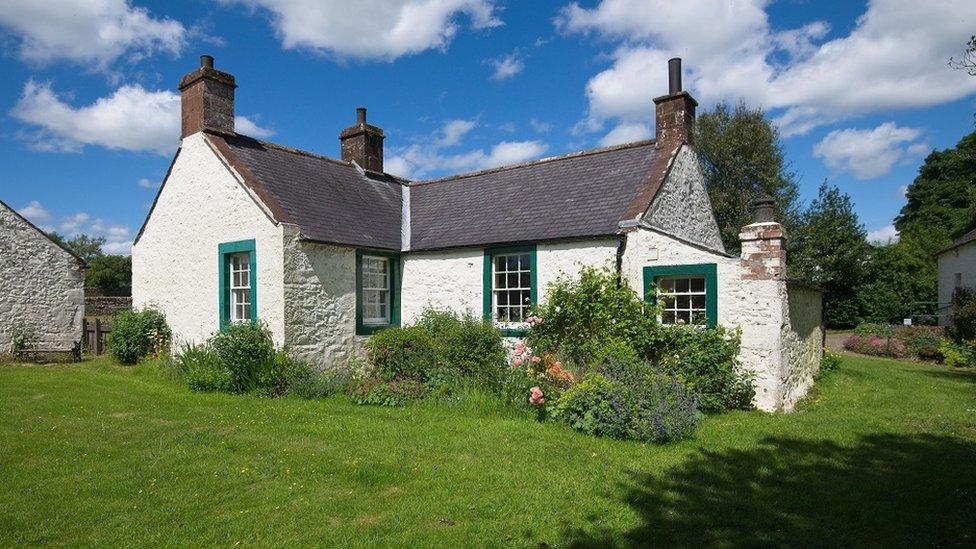Town celebrates Robert Burns's first book of poems
- Published
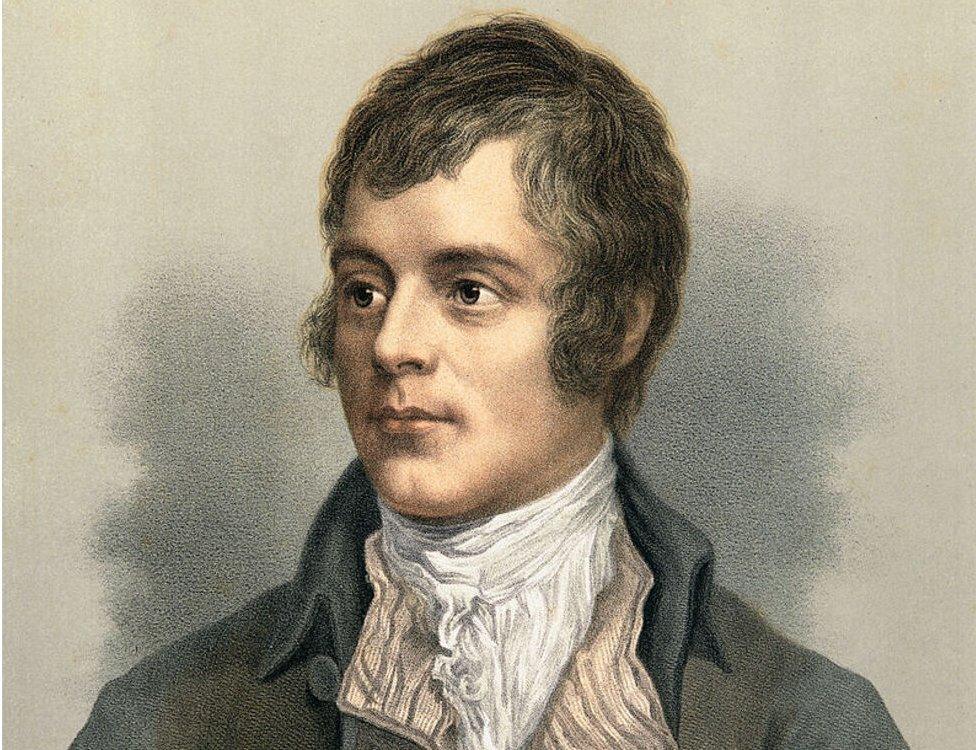
Scotland's national bard Robert "Rabbie" Burns is recognised worldwide for his songs and poems.
He has a day named after him on 25 January which is marked internationally with Burns Suppers.
On Hogmanay his poem Auld Lang Syne is sung among friends across the globe, and his work has been translated into over forty languages.
But he may not have become such a celebrated figure if a Kilmarnock publisher had not taken a risk, nearly 240 years ago this week, and printed his first book.
The East Ayrshire town plans to mark the anniversary of the poet's funeral and the publication of Poems, Chiefly in the Scottish Dialect with a festival featuring poetry and music.
The Kilmarnock Edition features 44 of Burns's best known poems including To a Mouse, Address to the Deil and Halloween.
First editions are very rare as only 612 copies were originally published by printer John Wilson on 31 July 1786.
Less than a hundred copies are thought to be surviving now.
It is considered among the most important works in Scottish literature.
Marc Sherland, one of the directors of the Robert Burns World Federation, is keen to mark the significance of the town's link to the national bard.
"People underestimate the importance of Kilmarnock," he said.
"The reason the federation based itself here is because we recognise that had it not been for Kilmarnock, you certainly wouldn't have Burns as a name on your tongue.
"He had to be printed somewhere and that somewhere was Kilmarnock."
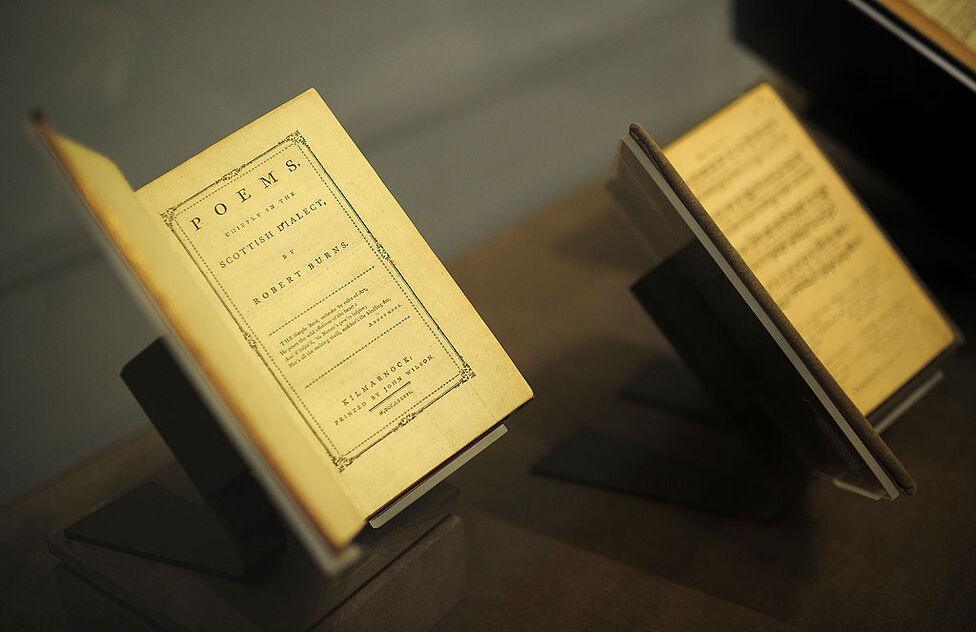
Original copies of the Kilmarnock Edition have been displayed around the world
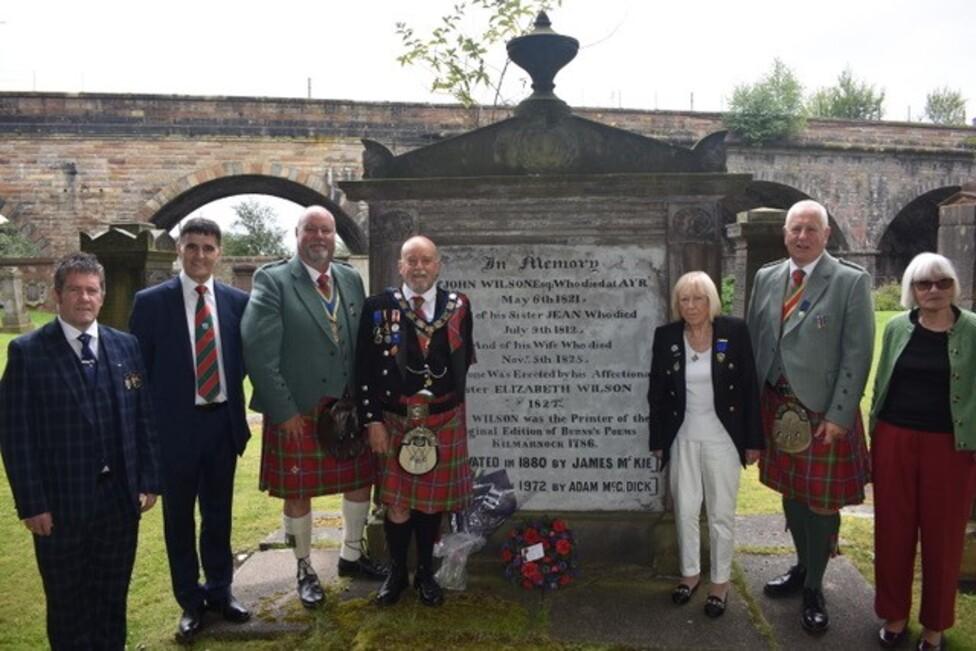
Burns Club members mark the anniversary of the Kilmarnock Edition every year by laying wreaths at John Wilson's grave
Mr Sherland explained: "The printer John Wilson took a real risk because up until that time, John Wilson hadn't printed any poets whatsoever.
"Most of his printing had been theological subjects. It was mostly the local ministers who would sometimes get their sermons printed off as a publication - that's what he specialised in.
"Burns was his first poet and that was a real risk for John Wilson, which is why he did it by subscribers."
This meant that Burns had to get a list of guaranteed buyers before the book was even printed.
The books cost just three shillings each - but now they can sell for tens of thousands of pounds.
A statue of Rabbie Burns and John Wilson stands at the top of the high street, next to the Burns Mall in Kilmarnock, to commemorate the international significance of the work.
After Queen Victoria and Christopher Columbus, Robert Burns has more statues dedicated to him around the world than any other non-religious figure.
"A lot of people don't realise that Burns probably spent a couple of years around and about Kilmarnock," he said.
"Mauchline isn't very far away from here, which is where Mossgiel Farm [where Burns lived] was.
"We think Burns probably spent a lot of time in Kilmarnock between 1785 and 1787.
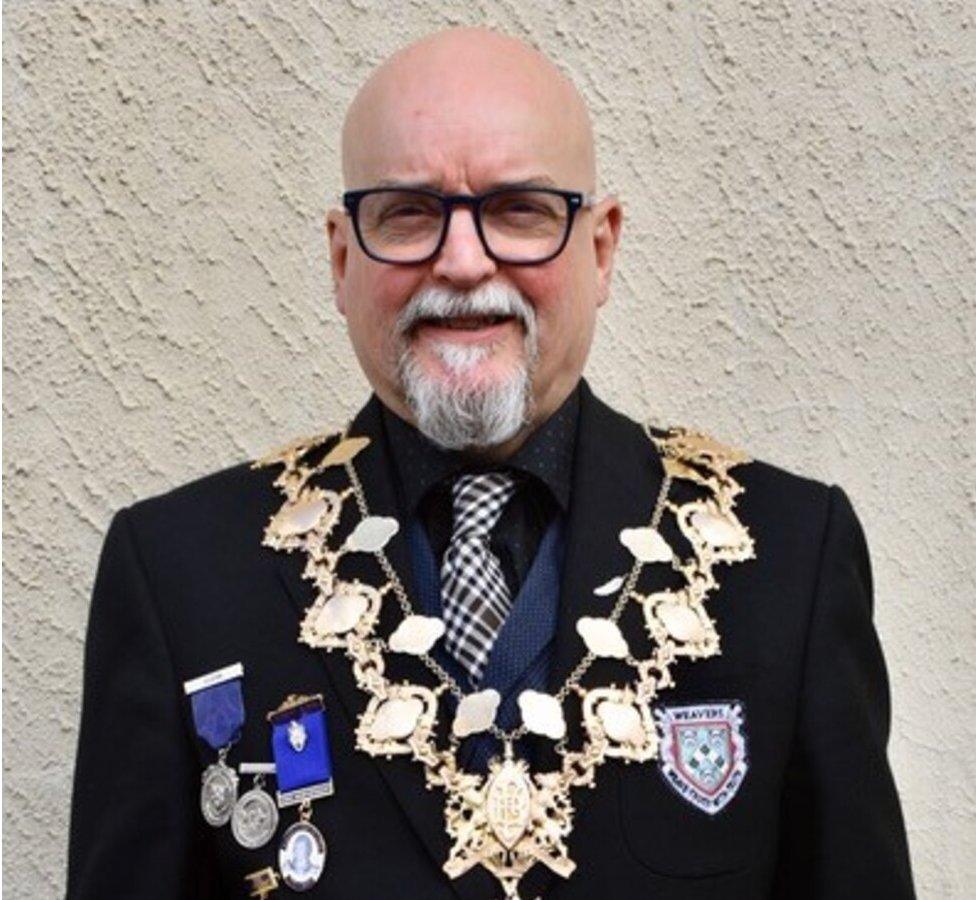
Marc Sherland is one of the directors of the Robert Burns World Federation
"A lot of his friends, and nearly all of the first edition subscribers, were from the general Kilmarnock area.
"He had a very close relationship with the town."
A year after the Kilmarnock Edition was printed, Burns published a second edition of poems in Edinburgh numbering 3,000 copies which won him even wider recognition.
The poet was heavily inspired by Ayrshire, as he was born into poverty in Alloway near Ayr. He went on to live near Mauchline and Tarbolton.
Many of his poems reflected on his upbringing, rural life, nature, love and humanity.
Burns died nearly ten years after the first edition was published on 21 July 1796.
He had suffered from a rheumatic heart condition and was just 37.
The poet's widow Jean Armour gave birth to his youngest child, Maxwell, on the day of his funeral.
The Robert Burns World Federation was formed in 1885 to educate, celebrate and promote the life and work of the poet.
It is based in Kilmarnock and has over 250 affiliated Burns Clubs around the world - reaching as far afield as New Zealand, Ukraine, Canada and the USA.

The annual festival celebrates the life and work of Robert Burns
"Over Scotland, you are talking about several thousands of people who are engaged with Burns in some way or another," added Mr Sherland.
Every year Burns Clubs mark the poet's birthday with songs and poems - as well as a good helping of haggis, neeps and tatties.
Mr Sherland said: "If it wasn't for the first edition, we wouldn't have any celebration of Robert Burns or anything else because that first edition had to happen.
"When I became the president in 2020, I thought it would be a good idea to commemorate that and develop it with the local Burns clubs."
The week-long First Edition festival in Kilmarnock will include poetry readings, period dress-up events, a summer dinner and a concert hosted by folk musician Alastair McDonald.
The Federation also has plans for a gable end mural near where the book was printed to commemorate the lasting legacy of Robert Burns in the town.
Related topics
- Published27 February 2023
